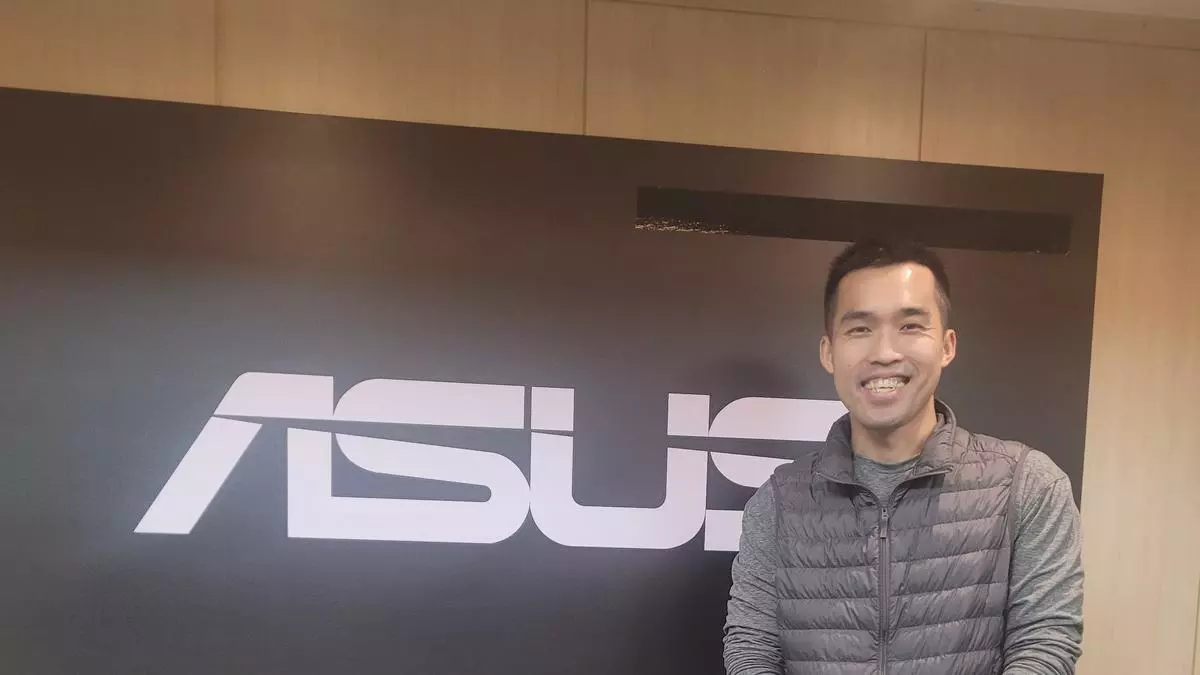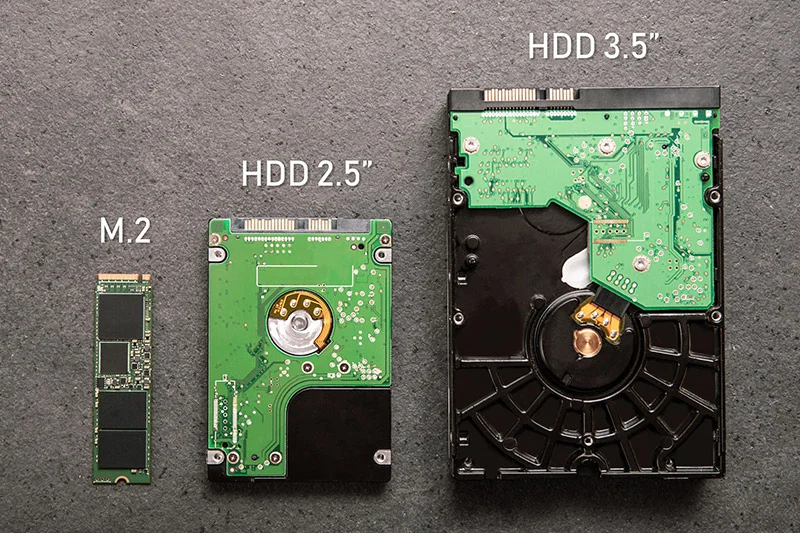A major technology company is making a daring move in Bengaluru, where tech startups and creativity create a unique symphony. The broad and dynamic Indian market has attracted Asus, a personal computer giant.
India’s computer market has increased and has not been explored for years. Tech giants have a tremendous chance in India, with 1.4 billion people, a growing middle class, and a young demographic eager to adopt technology. With its unique products and imaginative leadership, Asus sees this as the best time to expand in India.
Read also: Microsoft unveils Copilot+ PCs, integrated with AI
Unveiling the Vision of Asus
The trip began when Asus announced its ambitious ambition at a tech summit in New Delhi. The stage displayed the company’s latest laptops, desktops, and gaming rigs designed to fulfil Indian consumers’ needs. Asus executives attracted tech enthusiasts, industry leaders, and journalists with their vision.
“India is more than just a market for us; it is a partner in our pursuit of innovation and excellence,” said Asus’ energetic chairman, Jonney Shih. His statements touched the crowd and underlined the company’s commitment to India’s innovation sector.
Asus’ strategy was complicated. To take advantage of the country’s engineering ability, they created research and development units in major Indian cities. These facilities would concentrate on product development for Indian users, including cheap student laptops and powerful devices for gamers and professionals.
Asus also has ties with local tech businesses and schools. These agreements promote innovation and close collaboration between Asus and the Indian tech landscape. Asus promotes local talent and startup ecosystems to create a growth and innovation cycle.
It was thrilling that Asus’s plan prioritised digital literacy and accessibility. They launched many projects to improve internet connection in rural areas. Tech vans in rural areas taught computer novices by providing hands-on training. We wanted to give every Indian the digital skills and knowledge to prosper.
How Asus is Transforming Lives
Asus’s investment had an immediate and profound impact. Stores saw a significant increase in sales as Indian consumers eagerly sought the latest Asus gadgets. Asus quickly became a well-known and respected brand as its market share expanded, thanks to its commitment to quality and innovation.
However, the most significant indication of success was evident in the personal stories of those whose lives were profoundly impacted by technology. Online education was accessible to students in remote villages, small business owners could streamline their operations, and young gamers could pursue their dreams with high-quality gaming equipment.
Consider Meera, a young student hailing from a rural village in Rajasthan. Before Asus’s mobile tech van arrived in her village, she had never had the opportunity to see a computer up close. She is doing well in her studies and aspires to become a software engineer.
Read also: Comparing Hard Drives and Solid State Drives (SSDs) for performance, durability
For example, let’s take Rajesh, a small business owner in Pune. He handled his inventory in an old-fashioned way, with pen and paper. He has streamlined his processes and boosted his business by automating them with his new Asus laptop.
India proved to be a successful venture for Asus, and this was only the start of their journey. They kept innovating, pushing the limits of personal computing. Frequent releases of new products cater to the Indian consumer, with each one surpassing its predecessor in terms of advancements.
Asus’s dedication to India is a testament to its vision, innovation, and partnership in a rapidly changing world. As the sun set over the busy tech hubs of Bengaluru, Hyderabad, and Mumbai, a new era began for India’s computer market, with Asus at the forefront of shaping the future. Looking ahead, the company saw endless possibilities fueled by a shared belief in the transformative power of technology.


